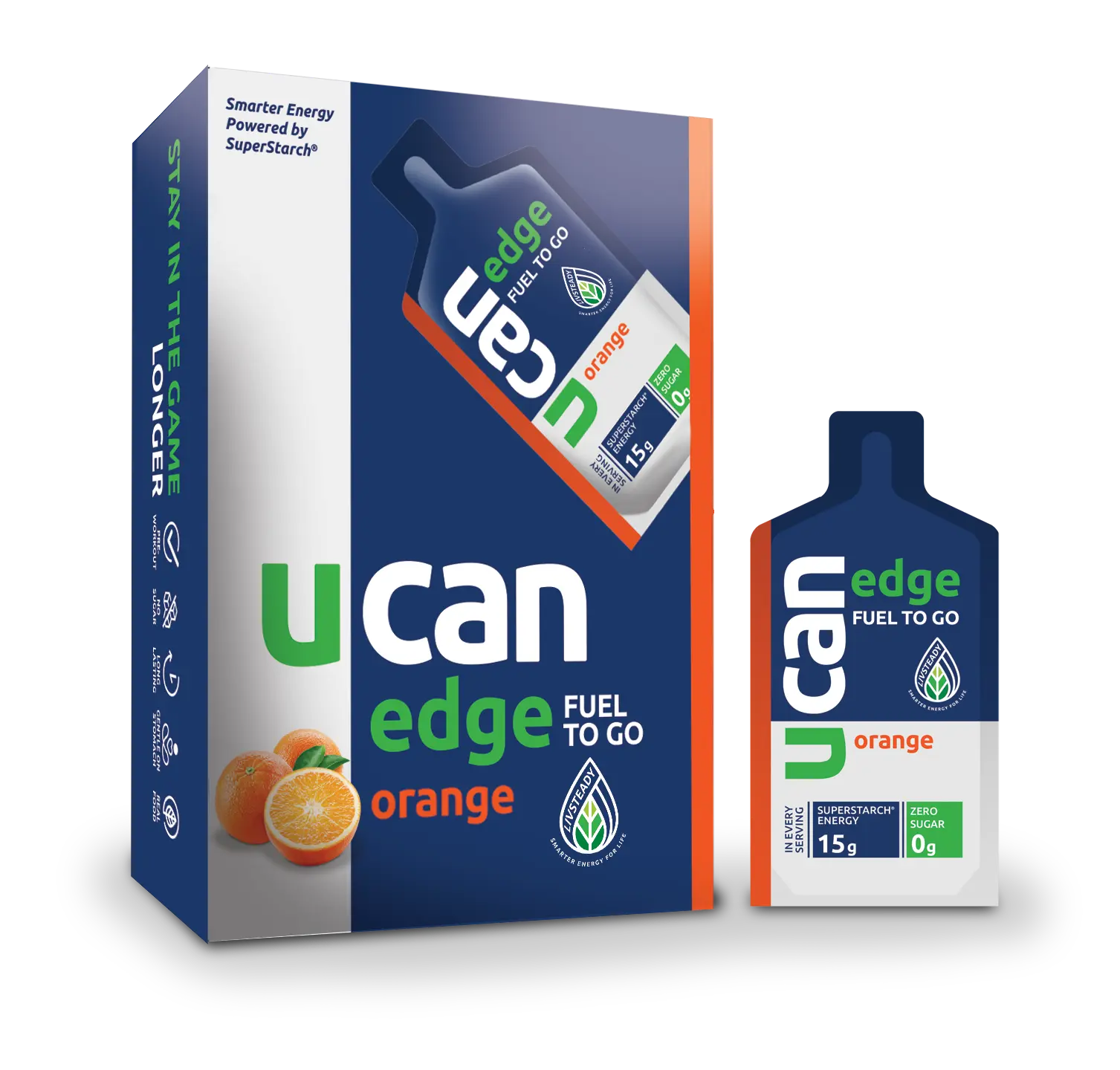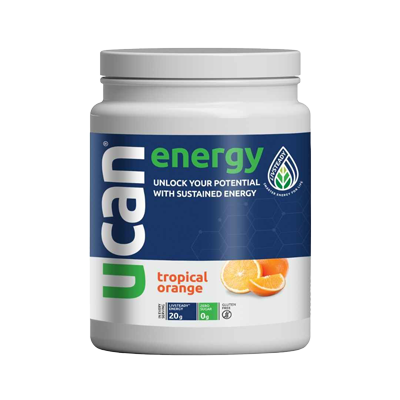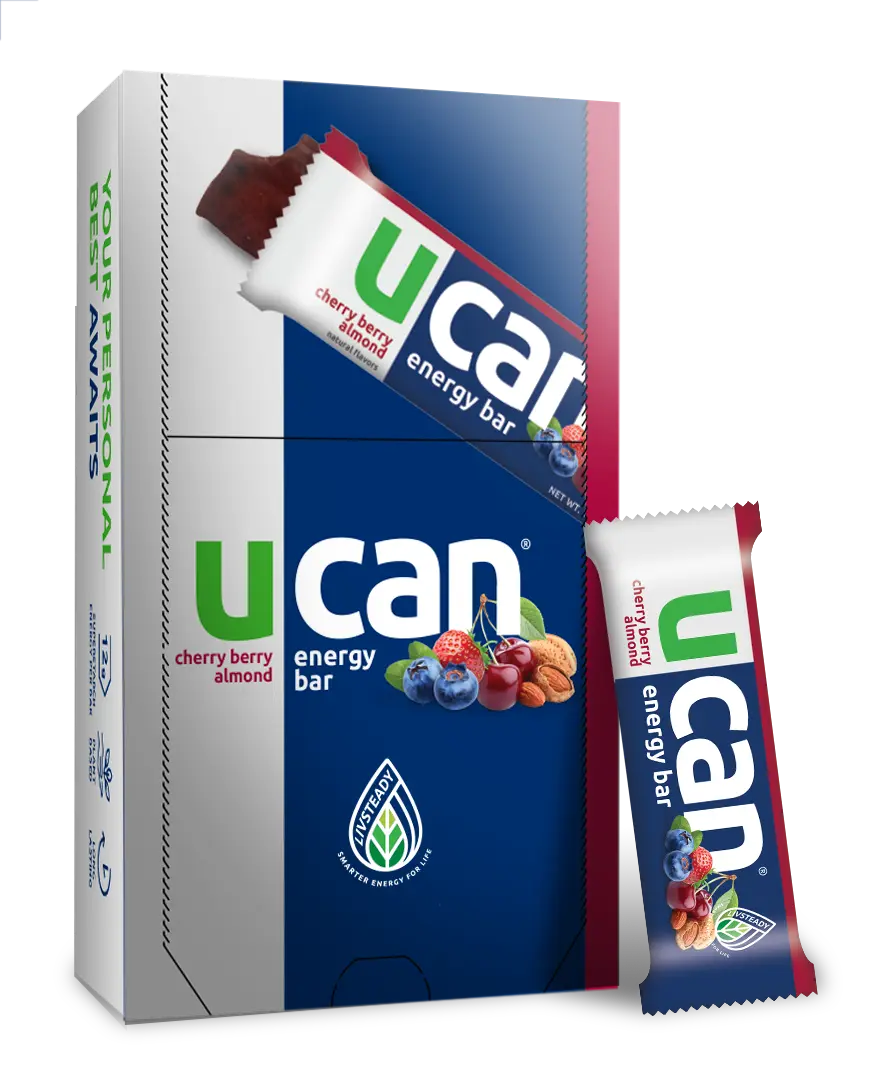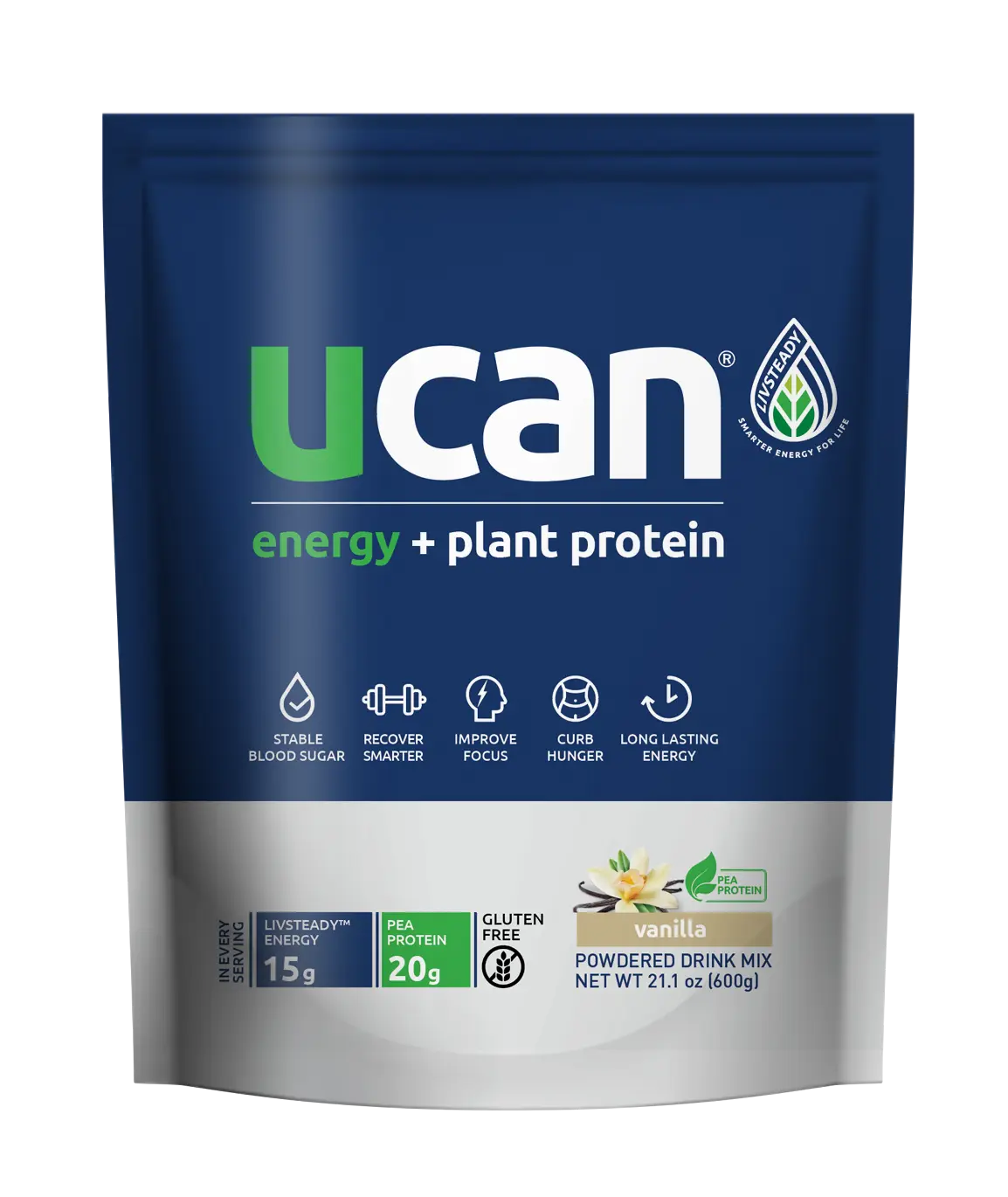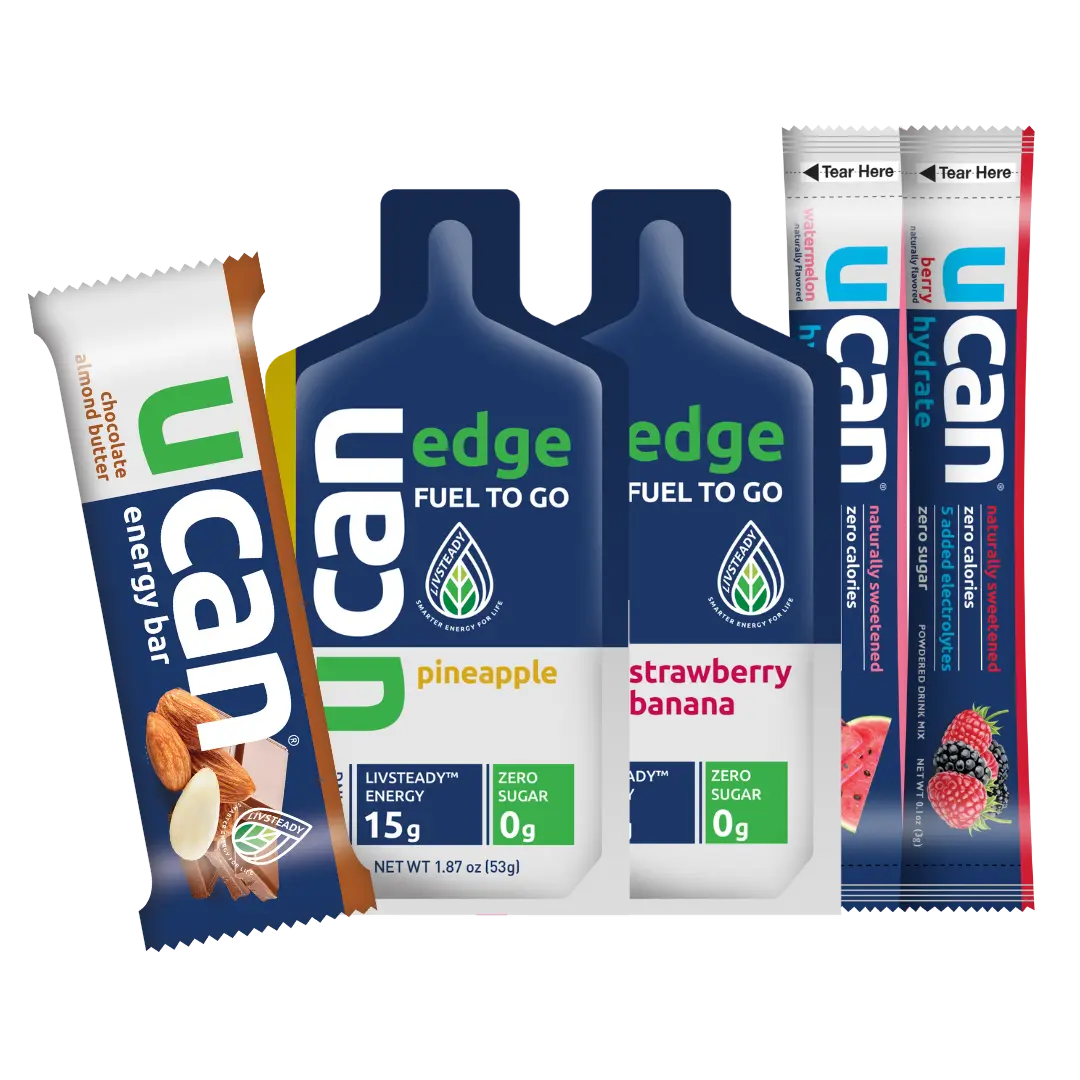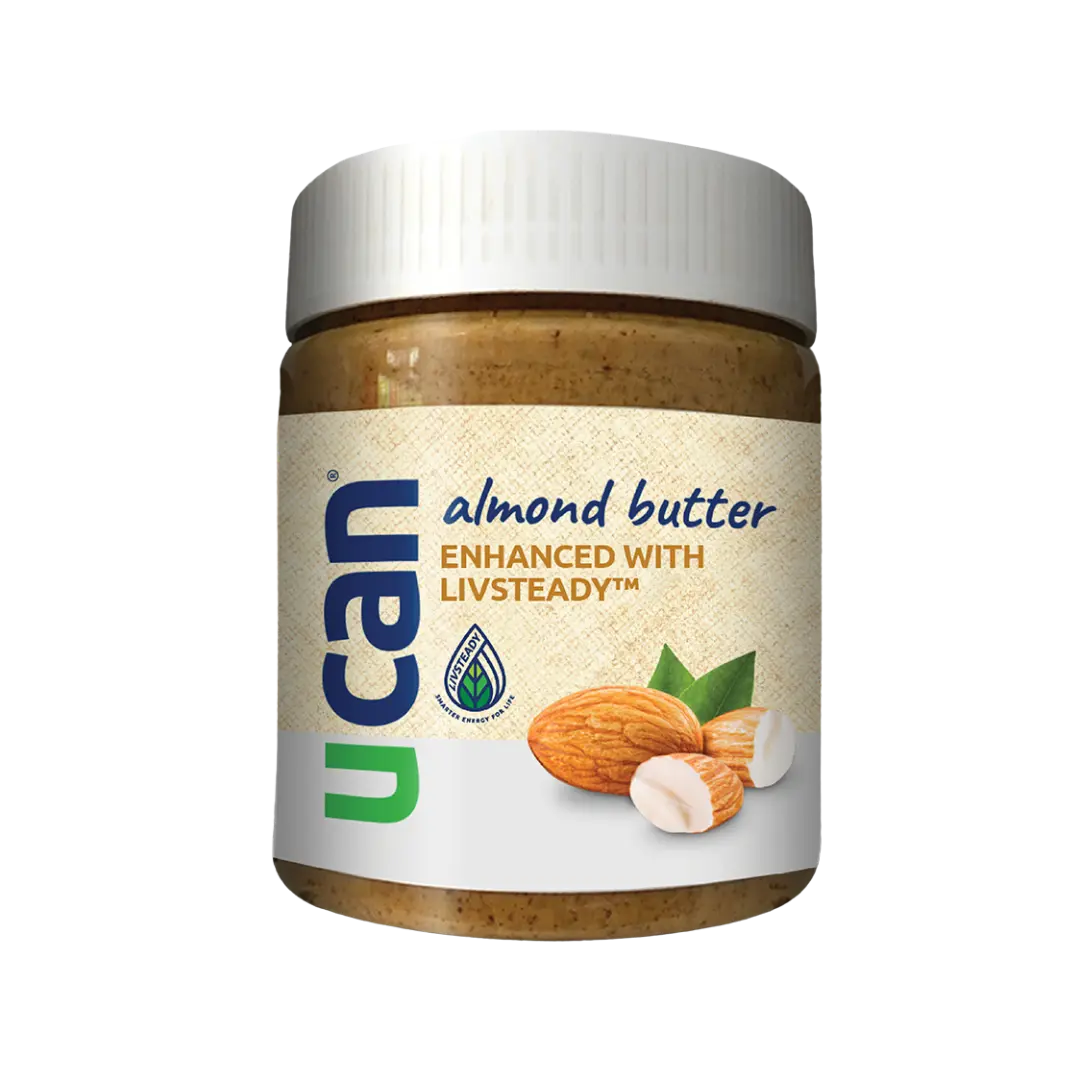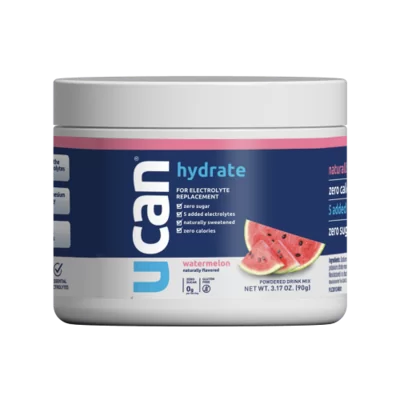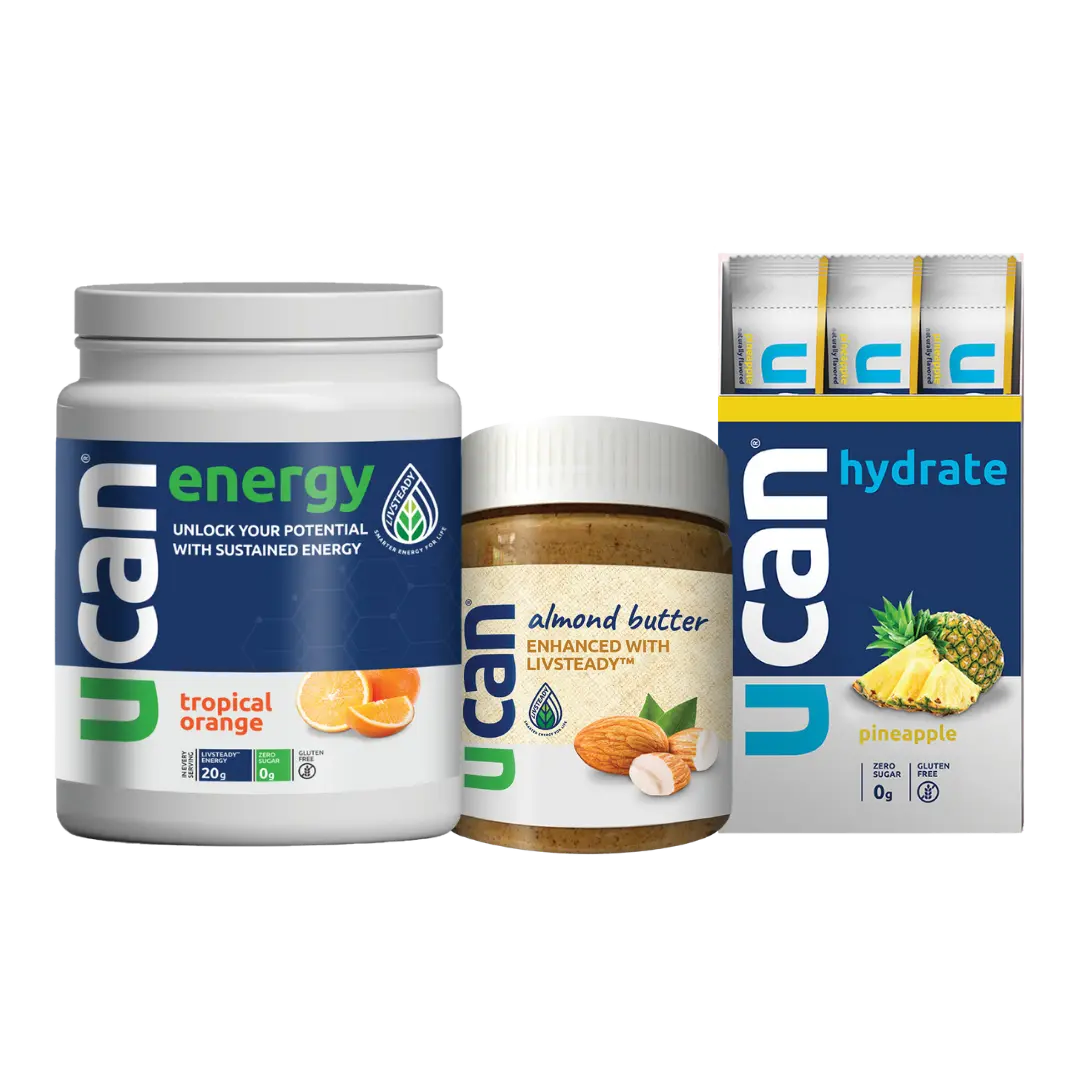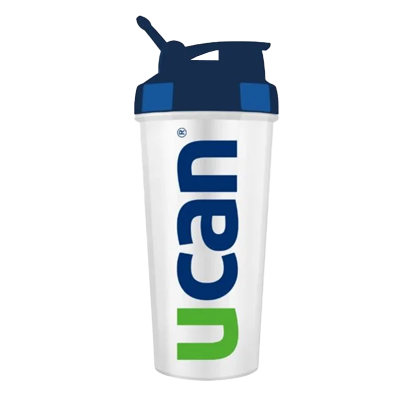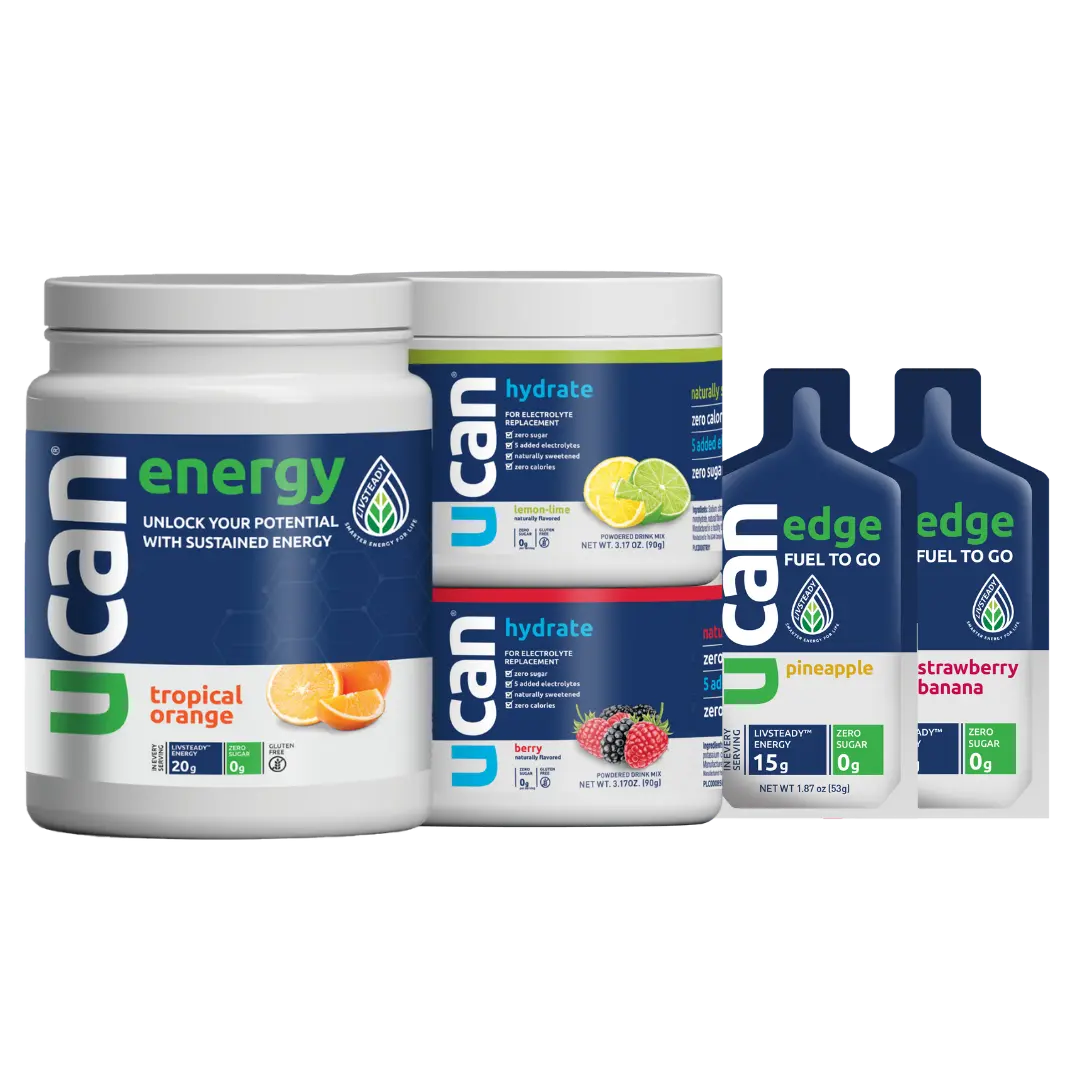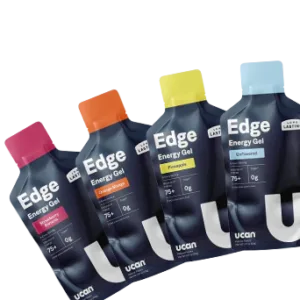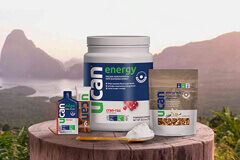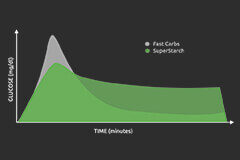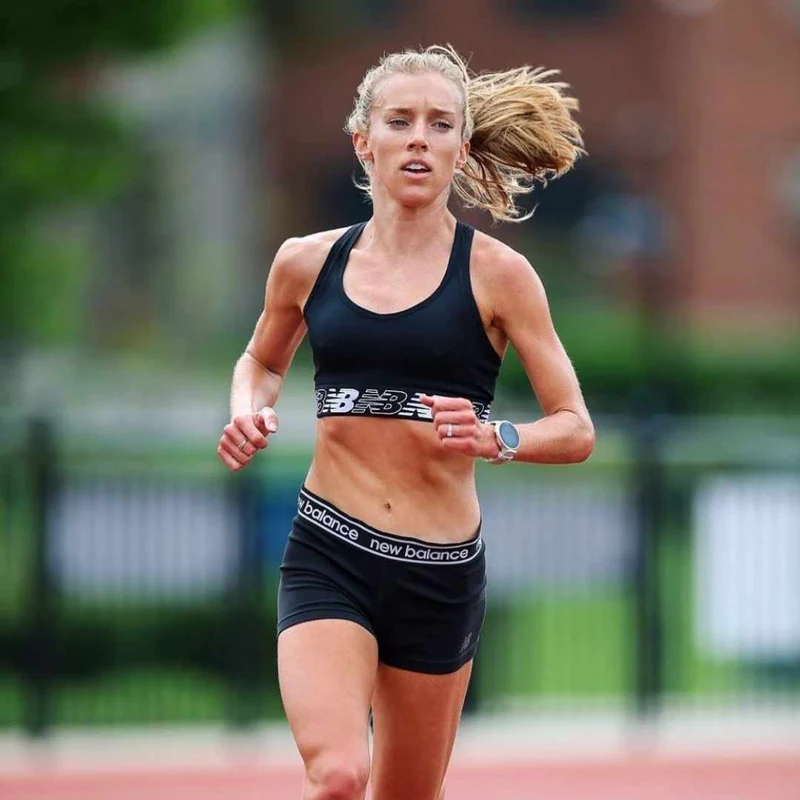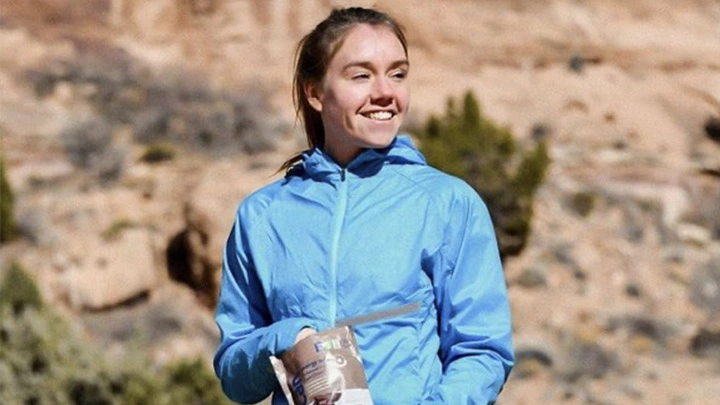How Long Does It Take to Run 10k? Times, Training & Fueling Strategies for Australian Endurance Athletes
You’re targeting sub-50 minutes at the Sydney Marathon Festival 10k or using a local race as a sharpener before Ironman Cairns. The question isn’t just how long does it take to run 10k—it’s how to systematically drop your time while maintaining the aerobic engine that powers longer distances. For serious Australian endurance athletes, 10k times typically range from 40-60 minutes, but with structured lactate threshold work and smart race-day fueling, you can target the lower end of that spectrum consistently.[1]
Quick Takeaways
Competitive athletes: 40-50 min through threshold + VO₂ max development
Club-level runners: 45-55 min with consistent tempo work
Key limiters: Lactate threshold pace and running economy
Race execution: Even pacing with 10-15 sec/km negative split
Training block: 8-12 weeks of structured speed development
Performance Benchmarks for Serious Australian Runners
These times reflect athletes training 5-7 sessions per week with structured intensity work. Adjust for course profile—the flat Gold Coast Marathon 10k versus rolling terrain around Melbourne’s Tan Track.
| Training Background | Target 10k Time | Target Pace (min/km) | Lactate Threshold Pace |
|---|---|---|---|
| Age Group Competitive | 35-45 min | 3:30-4:30 | 3:45-4:45 |
| Club Runner | 40-50 min | 4:00-5:00 | 4:15-5:15 |
| Serious Recreational | 45-55 min | 4:30-5:30 | 4:45-5:45 |
| Endurance Base Builder | 50-65 min | 5:00-6:30 | 5:15-6:45 |
Physiological Demands: What Actually Drives 10k Performance
Lactate Threshold: Your Sustainable Speed Ceiling
Your 10k pace sits approximately 10-20 seconds per kilometre faster than lactate threshold pace. This is the physiological sweet spot where lactate production equals clearance—push harder and you accumulate hydrogen ions that force a slowdown. Elite Australian marathoners like Ryan Gregson maintain LT pace for 60+ minutes; your 10k demands holding a pace just above this ceiling for 35-65 minutes depending on ability level.[2]
Here’s the practical application: if your current LT pace is 4:45/km (determined through a 30-minute time trial), your realistic 10k goal pace is 4:25-4:35/km, putting you in the 44-46 minute range. This precision prevents the classic mistake of targeting times based on wishful thinking rather than current fitness markers.
VO₂ Max and Speed Reserve
While LT sets your sustainable ceiling, VO₂ max determines how much speed reserve you have above threshold. Research on Australian national-level distance runners shows that 10k performance correlates most strongly with the percentage of VO₂ max you can sustain, not absolute VO₂ max values.[3] This explains why a triathlete with a moderate VO₂ max but excellent threshold can often outrun a track athlete with superior absolute power but poor sustainable pace development.
Running Economy: The Efficiency Factor
Economy—oxygen cost per kilometre—can vary by 20-30% between athletes of similar aerobic capacity. Drills, plyometrics, and strength endurance work targeting single-leg stability and hip extension power directly transfer to race-day efficiency. A 5% improvement in economy translates to roughly 90 seconds off your 10k time without any changes to aerobic fitness.[4]
Structured Training for 10k Time Improvement
Weekly Training Architecture
This template works whether you’re training in Perth’s dry heat or Melbourne’s variable conditions. The key is maintaining intensity targets regardless of environmental factors—use perceived effort and heart rate zones when pace becomes unreliable.
| Day | Session Type | Specific Protocol | Physiological Target |
|---|---|---|---|
| Monday | Recovery/Cross-training | 45-60 min easy cycling or swimming | Active recovery, maintain aerobic stimulus |
| Tuesday | Lactate Threshold | 3×8 min @ LT pace, 90 sec recovery | Raise sustainable pace ceiling[2] |
| Wednesday | Aerobic Base + Strides | 60-75 min easy + 6×20 sec strides | Aerobic development, neuromuscular activation |
| Thursday | VO₂ Max Intervals | 6×1000m @ 3-5k pace, 3 min recovery | Improve speed reserve and lactate buffering[3] |
| Friday | Easy/Off | 40 min easy or complete rest | Adaptation and glycogen restoration |
| Saturday | Tempo + Long Run | 90-120 min: 60 min easy + 20 min @ marathon pace + 10-30 min easy | Aerobic durability with metabolic stress |
| Sunday | Skills/Recovery | 30 min easy + drills + strength circuit | Running economy and injury prevention[4] |
Periodisation Across 12 Weeks
Weeks 1-4: Establish training rhythm with 2×weekly intensity (Tuesday threshold, Thursday VO₂). Build to 80% of target session volumes.
Weeks 5-8: Peak intensity phase. Full session volumes with race-pace segments added to long runs. Include 2×time trial efforts to calibrate pacing.
Weeks 9-12: Sharpening and race preparation. Reduce volume 20-30%, maintain intensity. Add race-simulation sessions in target conditions.
Fueling for 10k Performance and Training Consistency
Pre-Training and Race Day Nutrition
For early morning track sessions or races, stable blood glucose prevents the classic 15-20 minute fade. Traditional sports gels can spike blood sugar initially but often lead to reactive hypoglycemia during sustained efforts. UCAN Energy Gels provide steady glucose release through SuperStarch technology, maintaining stable energy levels throughout 40-60 minute race efforts without the insulin response that can impair fat oxidation.[5]
Timing protocol: consume one UCAN Energy Gel 30-45 minutes before training sessions or races. For particularly demanding sessions like 6×1000m repeats, this prevents glycogen depletion in the latter intervals and maintains power output consistency.
Recovery and Adaptation Support
The 3:1 carbohydrate-to-protein ratio within 30 minutes post-workout maximizes glycogen resynthesis and protein synthesis rates. UCAN Energy + Protein simplifies this window, particularly after high-intensity sessions where appetite may be suppressed. The combination supports both immediate recovery and long-term adaptations from training stress.
Race Execution Strategy for Australian Conditions
Pacing for Different Course Profiles
The Sydney Marathon Festival 10k follows a relatively flat, fast course ideal for personal bests. Target even splits or a slight 10-15 second per kilometre negative split. For hillier courses like those around Adelaide or Perth’s Kings Park, adjust effort rather than pace—maintain steady breathing rhythm on climbs and use descents to return to target splits.
Environmental Adaptations
Brisbane and northern Queensland races often feature high humidity that elevates core temperature and reduces sustainable pace by 15-30 seconds per kilometre. Pre-cooling with cold towels and adjusted pacing become crucial. Melbourne’s variable conditions require race-day adaptability—wind resistance can cost 20+ seconds per kilometre on exposed sections.
Tactical Considerations
Position yourself conservatively in the first 400m to avoid oxygen debt from surging. Settle into rhythm by 2km, then gradually progress effort. The critical racing phase occurs at 6-8km where accumulated lactate begins affecting stride mechanics. Athletes who’ve done their threshold work maintain form; undertrained runners begin shuffling and losing 10-20 seconds per kilometre.
Training Progression Timeline for Different Starting Points
From 5k Racing Background
Current 5k runners targeting 10k need 6-8 weeks to develop additional aerobic capacity. Add one weekly tempo session and extend the long run by 15-20 minutes. Your speed is likely adequate; focus on sustainable pace development and race-specific fueling protocols.
From Marathon Training Base
Marathon-focused athletes often need speed development rather than aerobic capacity. Introduce bi-weekly VO₂ max sessions while maintaining your aerobic base. Expect 4-6 weeks for neuromuscular adaptations to translate into race performance. Your durability advantage means negative split potential—use this tactically.
Triathlon Crossover Athletes
Swimming and cycling fitness provides excellent aerobic foundation, but running-specific economy needs development. Emphasize drills, strides, and progressive runs. Allow 8-10 weeks for connective tissue adaptation while building run-specific lactate threshold. Your aerobic capacity likely exceeds current running performance—be patient with pace development.
Common Performance Limiters and Solutions
Inadequate Lactate Threshold Development
Athletes who train primarily easy or very hard (polarized) often lack threshold development. Symptoms include strong opening kilometres followed by dramatic fading after 6-7km. Solution: prioritize consistent tempo work at current LT pace, gradually increasing session duration from 20 to 40+ minutes total at intensity.
Poor Pacing Discipline
GPS watch analysis reveals most recreational runners open 20-40 seconds per kilometre faster than sustainable pace, creating oxygen debt that compounds throughout the race. Practice even-split time trials in training. Use rate of perceived effort as primary guide with pace as secondary confirmation.
Insufficient Race-Specific Preparation
Training exclusively on familiar routes at comfortable times-of-day creates vulnerabilities on race day. Include sessions matching race start time, practice fueling protocols, and simulate course conditions during key workouts.
FAQ
What’s a competitive 10k time for age group athletes in Australia?
Age group podium times typically range from 35-42 minutes for men and 40-48 minutes for women, varying by region and competition depth. Sub-40 (men) and sub-45 (women) represent strong club-level performance across most Australian races.
How does 10k pace relate to marathon pace?
For well-trained endurance athletes, 10k pace is approximately 45-60 seconds per kilometre faster than marathon pace. This relationship tightens with improved aerobic development—elite athletes show smaller gaps than recreational runners due to superior fat oxidation capacity.
Should I use gels for a 10k race?
While glycogen stores theoretically suffice for 10k efforts, stable blood glucose can prevent performance degradation, particularly in hot conditions or for athletes racing after morning training sessions. A single gel 30-45 minutes pre-race provides insurance without digestive complications.
How often can I race 10k without compromising training?
Monthly 10k races allow adequate recovery while providing regular performance feedback. More frequent racing (bi-weekly) requires reduced training load and may limit long-term development unless part of a specific peaking phase.
What’s the ideal training volume for 10k improvement?
Competitive improvement typically requires 60-90 kilometres per week with 15-20% at or above lactate threshold intensity. Quality matters more than quantity—well-structured 50km weeks often outperform poorly planned 80km weeks for time-crunched athletes.
References
[1] Jones AM, Carter H. The effect of endurance training on parameters of aerobic fitness. Sports Medicine. 2000;29(6):373-86.
[2] Laursen PB, Jenkins DG. The scientific basis for high-intensity interval training. Sports Medicine. 2002;32(1):53-73.
[3] Brandon LJ. Physiological factors associated with middle distance running performance. Sports Medicine. 1995;19(4):268-77.
[4] Barnes KR, Kilding AE. Running economy: measurement, norms, and determining factors. Sports Medicine Open. 2015;1(1):8.
[5] O’Brien WJ, Rowlands DS. Fructose-maltodextrin ratio in a carbohydrate-electrolyte solution differentially affects exogenous carbohydrate oxidation rate, gut comfort, and performance. American Journal of Physiology-Gastrointestinal and Liver Physiology. 2011;300(1):G181-9.

